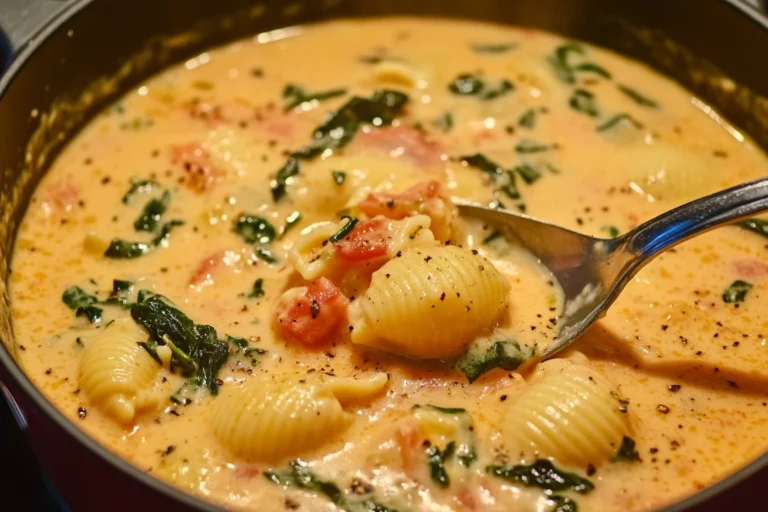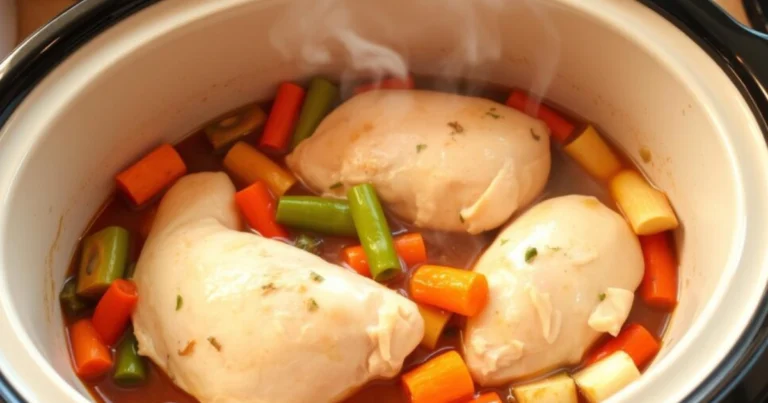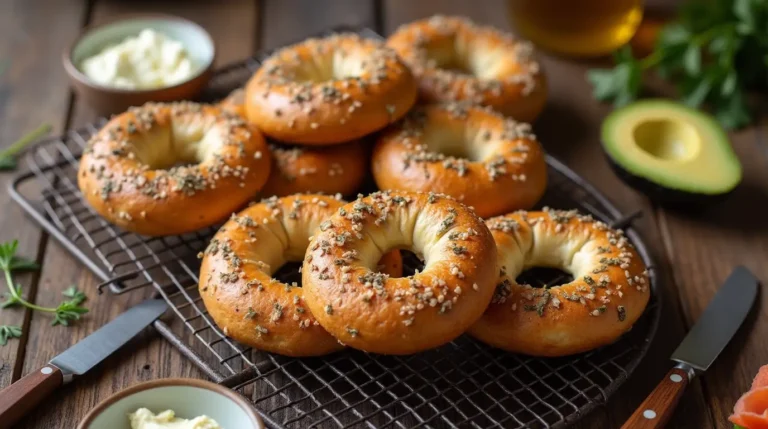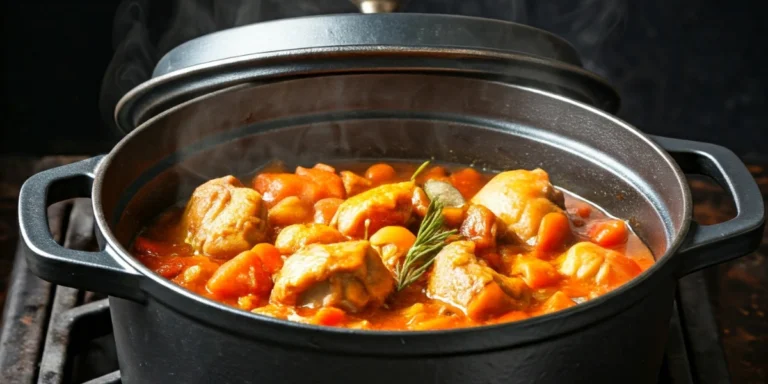What makes traditional Ramadan recipes so special during this Islamic holiday? How can you prepare delicious Middle Eastern recipes for Ramadan to impress your family and friends? Ramadan is a time for spiritual reflection, and food is a big part of this celebration. With many Ramadan recipes to choose from, you can make a memorable and tasty experience for your loved ones.
Table of Contents

Introduction to Ramadan Cuisine
Ramadan is a time for spiritual growth, and traditional Ramadan recipes are key to this journey. From savory dishes to sweet treats, Middle Eastern recipes for Ramadan offer a wide range of flavors and ingredients. In this article, we’ll explore the world of Ramadan recipes. We’ll give you the inspiration and guidance you need to create a memorable and delicious Ramadan experience.
Key Takeaways
- Discover the significance of food during Ramadan and its role in spiritual reflection
- Explore a variety of traditional Ramadan recipes and Middle Eastern recipes for Ramadan
- Learn how to prepare delicious and flavorful dishes for your family and friends
- Get inspired by the diverse range of Ramadan recipes and their cultural significance
- Find out how to make your Ramadan celebration even more special with these flavorful recipes
- Understand the importance of traditional Ramadan recipes in bringing people together
Understanding the Significance of Ramadan Meals
Ramadan is a time for spiritual growth, and food is key. Muslims fast from dawn to sunset. The meals before and after fasting are important for their health and spirit. Ramadan recipes aim to nourish the body and honor the spiritual aspect of eating.
The main meals are suhoor and iftar. Suhoor is eaten before dawn and should include fiber, protein, and carbs. Iftar, eaten after sunset, helps replenish nutrients. Iftar recipes often feature dates and fruits for quick energy.
For suhoor recipes, choose foods that are easy to digest and keep you hydrated. Watermelon and cucumbers are great choices. Nuts and seeds add healthy fats to keep you full.
By following these tips and ramadan recipes, you can have a healthy and meaningful Ramadan. Whether you’re looking for iftar recipes or suhoor recipes, there are many tasty and nutritious options. This makes it easy to stay nourished and focused during the holy month.
Essential Ingredients for Your Ramadan Kitchen
To make tasty middle eastern recipes for ramadan, you need the right stuff. Traditional recipes use aromatic spices, fresh herbs, and key ingredients. These add flavor and depth to your dishes.
Make sure you have olive oil, cumin, coriander, cinnamon, and cardamom. These spices and herbs are key in traditional ramadan recipes. They make stews, soups, and rice pilafs warm and aromatic.
Here are some must-haves for your Ramadan kitchen:
- Basmati rice
- Canned chickpeas and beans
- Fresh parsley and cilantro
- Lemons and lime juice
- Sumac and paprika
With these ingredients, you can whip up a bunch of tasty middle eastern recipes for ramadan. They’ll impress your loved ones. Whether it’s dolmas or kebabs, these ingredients will bring Middle Eastern flavors to your home.
Traditional Ramadan Recipes for Iftar
As the sun sets during Ramadan, families and friends come together. They share delicious iftar recipes. Traditional Ramadan dishes are key, blending flavors and ingredients that unite people.
Popular iftar dishes include dates, samosas, and kebabs. They’re often paired with dips and sauces. Also, lentil soup, chickpea salad, and grilled meats are iftar favorites. These dishes not only taste great but also give energy after fasting.
Here are some traditional Ramadan recipes for iftar:
- Lentil soup with a side of pita bread
- Grilled chicken or beef skewers with a variety of vegetables
- Chickpea salad with a dollop of yogurt and a sprinkle of cumin
- Dates and samosas with a side of cardamom tea
These Middle Eastern recipes for Ramadan are simple to make and can be tailored to your liking. Whether you’re after something classic or something new, there’s an iftar recipe for you. So, why not try something new this Ramadan and dive into the rich culinary heritage of the Middle East?
Energizing Suhoor Meal Ideas
During Ramadan, a nutritious suhoor meal is key to give you energy for the day. Healthy ramadan recipes help you get the nutrients needed to stay focused and energized. Make sure your suhoor includes complex carbs, protein, and healthy fats to keep you full.
A good suhoor meal can greatly help you fast and stay energized. Try overnight oats with fruit and nuts, whole grain toast with avocado and eggs, or a smoothie bowl with spinach, banana, and almond milk. These recipes are not only tasty but also full of nutrients to power your day.
Remember to drink plenty of water when preparing your suhoor meal. You can also add healthy drinks like coconut water or low-sugar juice to replace lost electrolytes. By using these healthy ramadan recipes and tips, you’ll be ready for a successful fasting day.
Here are some more suhoor recipes to try:
- Whole grain cereal with milk and fruit
- Scrambled eggs with whole grain toast and vegetables
- Greek yogurt with honey and nuts
These suhoor recipes are simple to make and can be tailored to fit your dietary needs. Starting your day with a nutritious suhoor meal will help you tackle fasting challenges and stay energized all day.
Quick and Easy Ramadan Recipes for Busy Days
During Ramadan, it can be hard to balance work, family, and spiritual duties. Cooking can be a big challenge. That’s why easy Ramadan recipes are a big help. They are quick, tasty, and save you time, so you can focus on what’s important.
Planning your meals ahead is a smart move. Look for recipes that take less than 30 minutes, like one-pot dishes or simple salads. You can also prep ingredients early, like chopping veggies or marinating meat. This makes cooking quicker and easier.
For iftar, make dishes that are quick to prepare and serve. Some ideas include:
- Grilled meats or vegetables
- Simple soups or stews
- Salads with pre-cooked ingredients
These easy Ramadan recipes will help you make tasty meals, even when you’re very busy.
Healthy Alternatives for Modern Ramadan Meals
During Ramadan, it’s key to eat healthily to keep your energy up. Adding healthy ramadan recipes to your meals can really help. These recipes include lots of fruits, veggies, and whole grains. They give you the nutrients you need for a balanced diet.
Starting with vegetarian ramadan recipes is a smart move. They’re not only good for you but also taste great. You can make dishes like vegetable stir-fries, lentil soups, and grilled vegetable skewers. These are simple to make and you can change them to fit your taste.

- Choose whole grains over refined grains
- Incorporate a variety of fruits and vegetables into your meals
- Use herbs and spices to add flavor instead of salt and sugar
By following these tips and trying vegetarian ramadan recipes, you can make a healthy Ramadan meal plan. It will feed your body well and please your taste buds.
Sweet Treats and Desserts for Special Ramadan Moments
Ramadan is a time for joy and thought. What’s better than enjoying tasty sweets and desserts? Ramadan recipes often include traditional Middle Eastern desserts. These treats are key to the Ramadan spirit, enjoyed at iftar and other celebrations.
There’s a wide range of desserts to try, from classic traditional ramadan recipes like baklava and ma’amoul. You can also find modern sweets that mix old flavors with new twists. For something different, try kunafeh or umm ali.
Whether you’re hosting a big iftar or just want to share sweets with loved ones, these desserts will impress. This Ramadan, why not try something new? Dive into the world of ramadan recipes and Middle Eastern desserts.
Vegetarian and Vegan Ramadan Dishes
Many people seek vegetarian ramadan recipes and vegan ramadan recipes during Ramadan. These dishes are both healthy and tasty. They are ideal for those who eat vegetarian or vegan and want to enjoy the holy month with great food.
For vegetarian ramadan recipes, you can use lentils, chickpeas, and veggies. For vegan ramadan recipes, try vegan yogurt and vegan cheese. Some favorites include vegetable stir-fries, lentil soups, and grilled portobello mushroom burgers.
Here are some tips for making vegan ramadan recipes:
- Use a variety of spices and herbs to add flavor to your dishes
- Incorporate plant-based protein sources like beans, lentils, and tofu
- Choose whole grains like brown rice, quinoa, and whole wheat bread
By following these tips and exploring different vegetarian ramadan recipes and vegan ramadan recipes, you can make delicious meals for Ramadan. Whether you’re vegetarian or vegan, there are many tasty options for your Ramadan meals.
Meal Planning and Preparation Guidelines
During Ramadan, planning and preparing meals is key for a smooth experience. With the right ramadan recipes and meal planning strategies, you can save time and reduce stress. It’s important to create a weekly menu plan with a variety of iftar recipes and suhoor meals.
A well-planned menu keeps you organized and ensures you have all the ingredients. Here are some tips for a successful meal plan:
- Plan your meals in advance and make a grocery list to avoid last-minute trips to the store
- Consider your dietary needs and preferences when selecting ramadan recipes
- Choose recipes that can be prepared ahead of time to save time during busy periods
Proper storage and reheating of food are also key during Ramadan. Here are some tips for safe storage and reheating:
| Food Type | Storage Tips | Reheating Tips |
|---|---|---|
| Cooked Meals | Store in airtight containers in the refrigerator | Reheat to an internal temperature of 165°F (74°C) |
| Raw Ingredients | Store in separate containers to prevent cross-contamination | Handle and prepare safely to prevent foodborne illness |

By following these guidelines, you can enjoy a stress-free and delicious Ramadan with your loved ones. Remember to stay hydrated, eat nutritious meals, and take breaks when needed. This ensures a healthy and happy fasting period.
Hosting Memorable Ramadan Gatherings
Hosting Ramadan gatherings is key during this spiritual time. Delicious ramadan recipes and thoughtful decorations make your home welcoming. Serving traditional iftar recipes like dates, samosas, and kebabs helps everyone come together.
Adding middle eastern recipes for ramadan to your menu makes your gathering special. These dishes are tasty and carry deep cultural meaning. Try shawarma, falafel, and ma’amoul to share Ramadan’s spirit.
Here are some tips for hosting a memorable Ramadan gathering:
- Plan ahead and create a menu that includes a variety of dishes to suit different tastes and dietary needs.
- Use decorative elements such as lanterns, flowers, and traditional clothing to create a festive atmosphere.
- Encourage guests to share their own favorite ramadan recipes and cooking traditions.
Follow these tips and include tasty iftar recipes and middle eastern recipes for ramadan to make your gathering memorable. Focus on hospitality and generosity. Make sure to have plenty of food and drinks to break the fast.
Special Recipes for Eid al-Fitr Celebration
Eid al-Fitr is a big Islamic holiday that ends Ramadan. Food is a key part of this celebration. Different countries have their own eid al-fitr recipes for Eid al-Fitr.
At Eid al-Fitr, people enjoy traditional and tasty dishes. These include sweet pastries, fragrant rice, and tender meat stews. These recipes have been passed down for generations and are a big part of Eid al-Fitr.
Here are some ideas for Eid al-Fitr recipes:
- Traditional Middle Eastern desserts like baklava and ma’amoul
- Savory dishes like kebabs and falafel
- Flavorful rice dishes like biryani and pilaf
To make your Eid al-Fitr celebration special, try new eid al-fitr recipes. You can find many online or try new ingredients. Make sure it’s delicious for you and your family.
Conclusion: Embracing the Spirit of Ramadan Through Food
Food is at the heart of Ramadan, more than just fuel for our bodies. It brings families and communities together. This is a time to share blessings and create lasting memories.
The meals of Ramadan are special. They go beyond just eating. They are about reflection, gratitude, and strengthening bonds. By following these culinary traditions, we honor our faith and connect with our heritage.
As you celebrate Ramadan, let these recipes guide you. May your kitchen fill with the scents of traditional dishes. And may your gatherings show the power of food to nourish both body and soul.
FAQ
What are some traditional Ramadan recipes?
Traditional Ramadan recipes include savory dishes like lamb or chicken stews. They also feature vegetable-based main courses and refreshing drinks like mint lemonade or hibiscus tea. Popular dishes are maqloobeh, fattoush, and baklava.
How can I plan and prepare for Ramadan meals?
Start by making a weekly menu and a detailed shopping list. Stock your pantry with spices, herbs, and Middle Eastern staples. Meal prepping suhoor and iftar dishes can save time during Ramadan.
What are some healthy and nutritious Ramadan recipes?
Healthy Ramadan recipes include grilled or baked fish, lentil soups, and roasted vegetable platters. Focus on balanced meals that provide energy and nourishment during fasting.
How can I incorporate vegetarian or vegan options into my Ramadan meals?
Explore vegetarian and vegan recipes like stuffed grape leaves, roasted cauliflower, and lentil stews. These dishes can be as flavorful as traditional meat-based recipes.
What are some quick and easy Ramadan recipes for busy days?
For busy days, try 30-minute iftar solutions like one-pot meals or easy salads. Make-ahead suhoor options like overnight oats or breakfast burritos can also save time.
How can I incorporate special treats and desserts into my Ramadan celebrations?
Ramadan is a great time for traditional Middle Eastern desserts like baklava, kunafa, or umm ali. You can also try modern fusion sweets or sugar-free options to satisfy your sweet tooth.
What are some tips for hosting memorable Ramadan gatherings?
Create a warm and welcoming atmosphere with decorations, music, and activities. Offer a variety of delicious Ramadan-inspired dishes, both savory and sweet, to make the event memorable for your guests.







